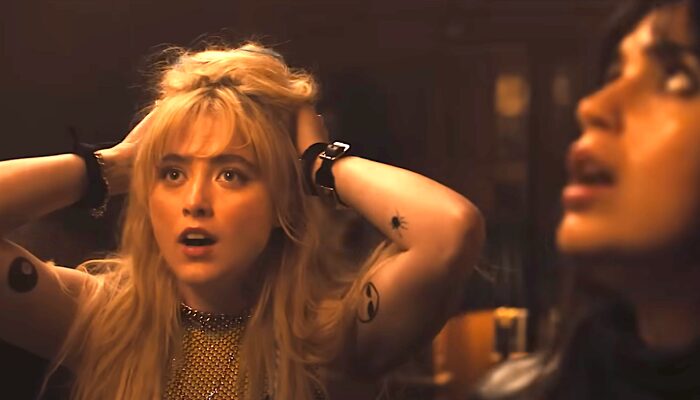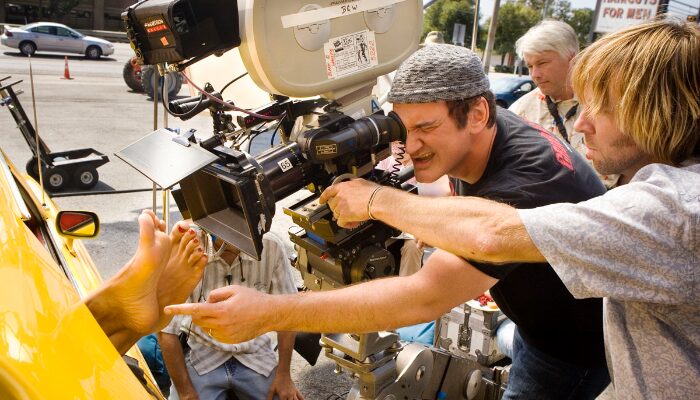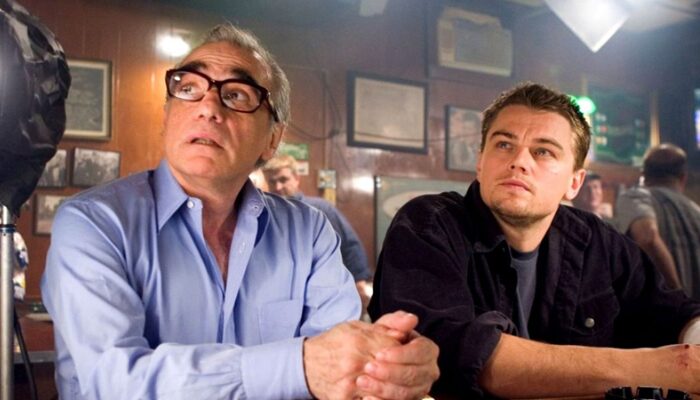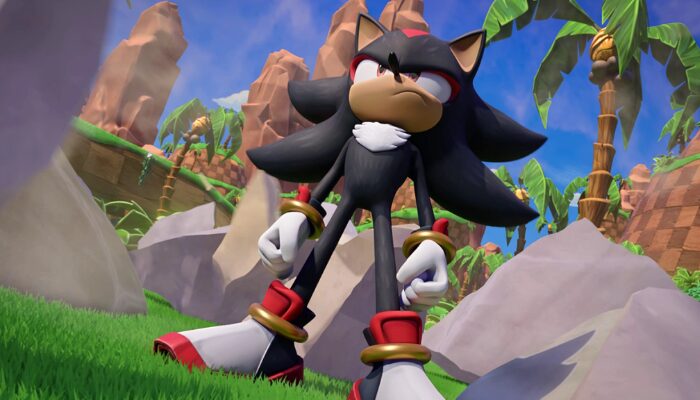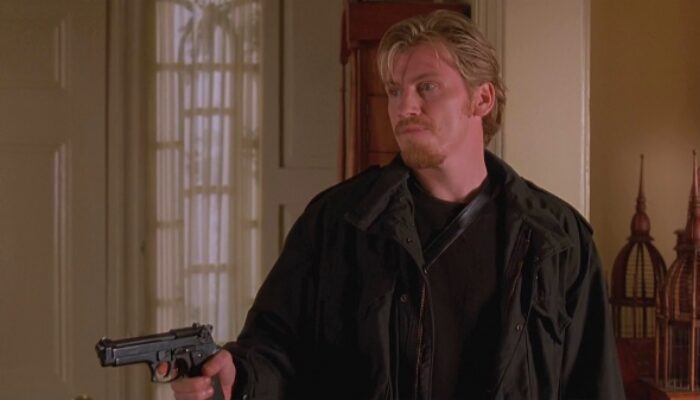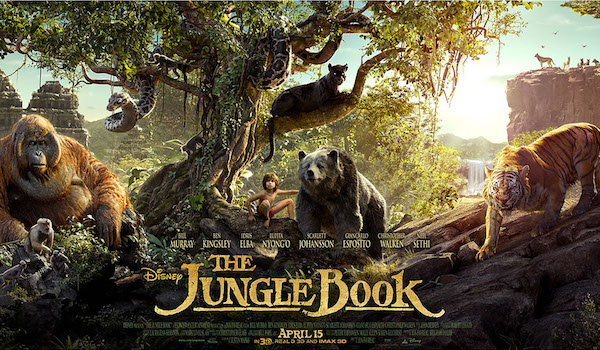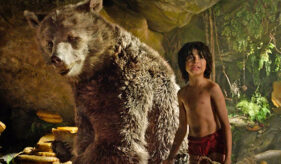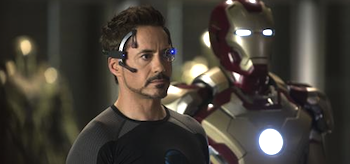Film Review: THE JUNGLE BOOK (2016): Animation & Live Action Create Great Movie
The Jungle Book (2016) Film Review, a movie directed by Jon Favreau, and starring Christopher Walken, Lupita Nyong’o, Giancarlo Esposito, Emjay Anthony, Brandon Henschel, Neel Sethi, Idris Elba, Bill Murray, Ben Kingsley, Scarlett Johansson, Sara Arrington, and Allan Trautman.
This film is the live action adaptation of Rudyard Kipling’s classic children’s story, almost five decades after Disney’s 1967 cartoon version. Set in India, and filmed entirely in Los Angles, The Jungle Book combines stunning animation with live sequences to create an immersive cinematic experience.
The entire jungle, as well as the animals, are all CGI, and it is some of the best computerized scenery in film to date. The camera’s wide pans angles draws in the viewer, as though they are racing through the jungle beside Mowgli (Neel Sethi) and his wolf pack. The amazing detail in the bodies and movements of the jungle dwellers make one truly feel they are in Kipling’s anthropomorphic world, brought to life by director and producer Jon Favreau and his team.The characters do justice to both the original story and Disney’s 1967 film, their style of speech updated for modern American audiences. The voice actors are well cast, as was Mowgli, played by Neel Sethi. The young actor truly embodies the free-spirited naivety and bravery of the boy from Kipling’s world.
The Jungle Book has its moments of lightheartedness, provided mostly by Baloo the bear (Billy Murray), Mowgli’s lazy but lovable companion, and King Louie (Christopher Walken), the enormous orangutan who functions as a kind of mafia boss of the jungle and its monkey population. The movie wouldn’t be complete without Mowgli and Baloo’s song ‘Bear Necessities’, reminiscent of the Disney classic, that pays tribute to their friendship and Baloo’s carefree attitude. But the film’s humor isn’t so childish and silly that it can’t be enjoyed by moviegoers of all ages.
The movie’s main dilemma concerns man’s relationship with, and impact on, nature- is he simply a part of it, able to live in harmony with his surroundings, or is he simply a destroyer, as the antagonist Shere Khan (Idris Elba) the tiger believes. The question is introduced right in the opening scene, as Mowgli races alongside the wolf pack that haa accepted him as one of their own. He trips on a tree branch and falls to the ground, flanked by Bagheera (Ben Kingsley) the black panther who found Mowgli as a baby. He warns the ‘man-cub’ not to falter in the jungle for even a moment, since it is especially dangerous for him. Mowgli laughs and shrugs him off, catching up to his wolf cub siblings. The scene sets up for the viewer the main theme presented in The Jungle Book; Mowgli’s struggle to fit into the wild environment not suited for humankind.
Mowgli is aware of his humanity, and his outward difference from the wolves, but in the beginning of the film he doesn’t see how or why it matters in any other capacity. His adoptive father Akela (Giancarlo Esposito), the proud leader of the pack, makes Mowgli more aware of his differences when he scolds him for using his ‘tricks’, tools of human ingenuity that help make his daily life in the jungle a little easier, compensating for his lack of brute strength. This highlights Mowgli’s differences from his siblings, making him ashamed at times that he isn’t more like his family. But his wolf mother Raksha (Lupita Nyong’o) counters this with her maternal unconditional love. Mowgli also uses his ingenuity to help his fellow creatures; he makes a pulley system, operated with the help of the other animals, to help get honey for Baloo.
Shere Khan, ruthless, cruel and vindictive, embodies the instinctual and base nature of the wild, and its undeniable truth- that man is destructive towards his environment. It comes as no surprise that Khan wants Mowgli out of the jungle, back to the world of men. At the watering hole, Khan warns the other animals of the ‘red flower’ that men conjure that destroys everything in its path- fire. After Khan’s threats against the wolf pack, Mowgli leaves of his own accord, but this is not enough for Khan, who kills Akela in cold blood. Here the tiger embodies a very humanlike trait- the desire for vengeance, and the annihilation of one’s enemy, whether or not it is justified. Ironically, Khan is the reason Mowgli lives in the jungle- he killed Mowgli’s father- and this ends up being the cause of his own destruction. In the final climatic scene of the film, Mowgli brings fire from a nearby village, accidentally dropping some and setting the jungle aflame. Khan chases Mowgli up the tree he fell from in the opening scene, and the tiger falls into the flames below, while Mowgli is able to save himself using one of his ingenious ‘tricks’. One feels the tiger has met a fitting demise, the result of his cruelty towards Mowgli and the other animals.
Elephants play an important role in The Jungle Book as well. These majestic creatures command the respect of all jungle dwellers, functioning as the jungle’s guardians, watchers and protectors. They keep balance and harmony in the wild environment, putting out the fire set by Mowgli at the movie’s end. Mowgli respects them as the others do, bowing when they pass, and earns their respect in return, using his ingenuity to save one of their babies from a ditch. When he calls on them to help him save the jungle from the ‘red flower’, they oblige. His relationships with the majestic creatures are a reminder that man can live in harmony with nature and his fellow creatures by using what nature provides in a responsible way that benefits not only himself but other living beings.
The Jungle Book is a great movie for all ages, enjoyable for children and adults alike. Unlike many family films that are silly and shallow, The Jungle Book poses important, pertinent questions regarding man’s relationship to nature. The movie’s animation and CGI is superb. Favreau and his team execute excellently their take on Rudyard Kipling’s classic tale, while preserving the fun-loving, humorous elements of the earlier Disney adaptation. This is a must see for families and fans of the previous film.
Rating: 9/10
Leave your thoughts on The Jungle Book and this review below in the comments section. For more film reviews, visit our Movie Review Page, our Movie Review Facebook Page, our Movie Review Google+ Page, and consider subscribing to us by Email, “following” us on Twitter, Tumblr, Google+ or “liking” us on Facebook for quick updates.
Related Articles
FilmBook's Newsletter
Subscribe to FilmBook’s Daily Newsletter for the latest news!

